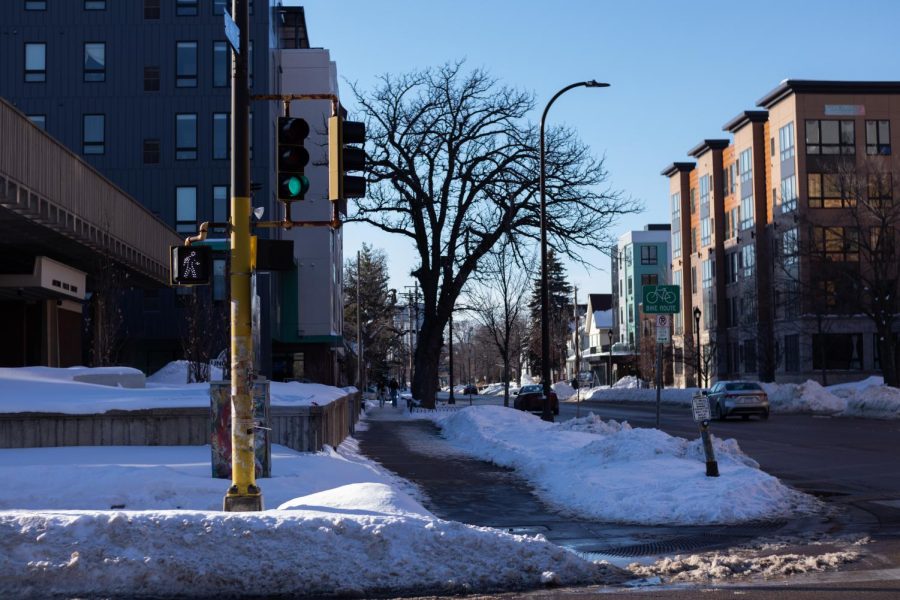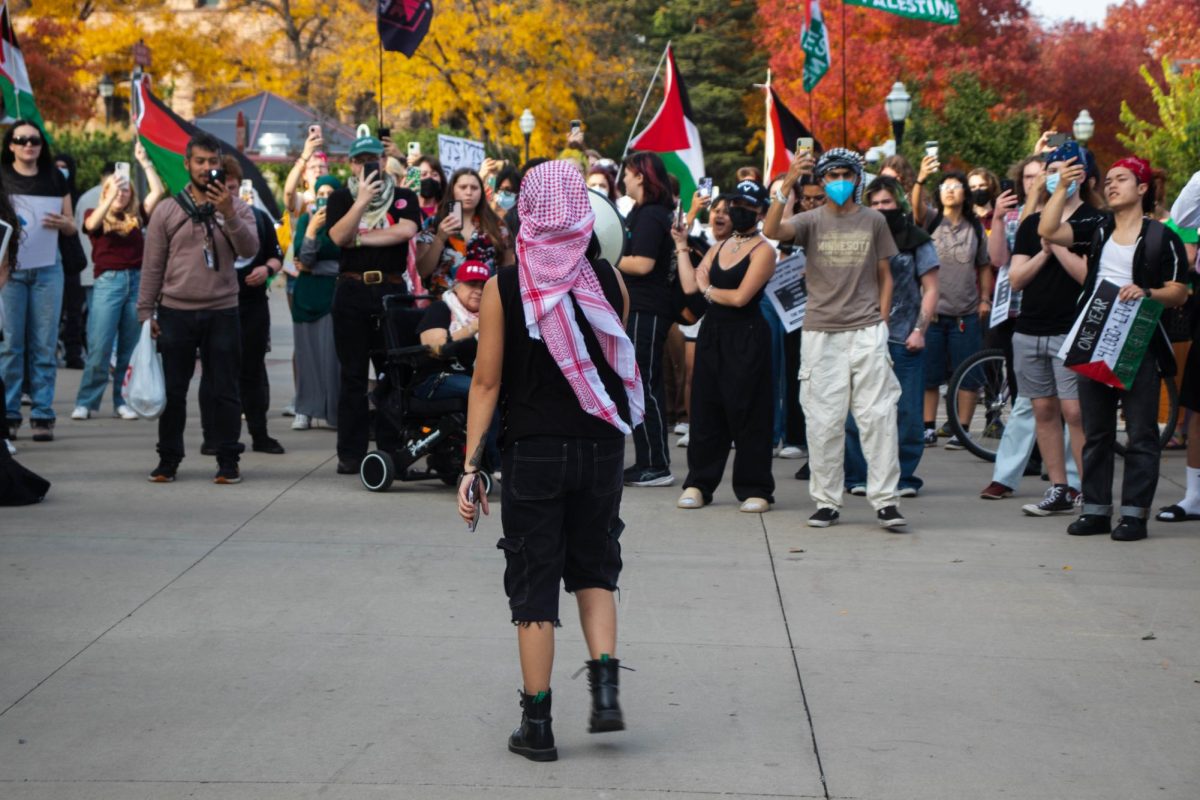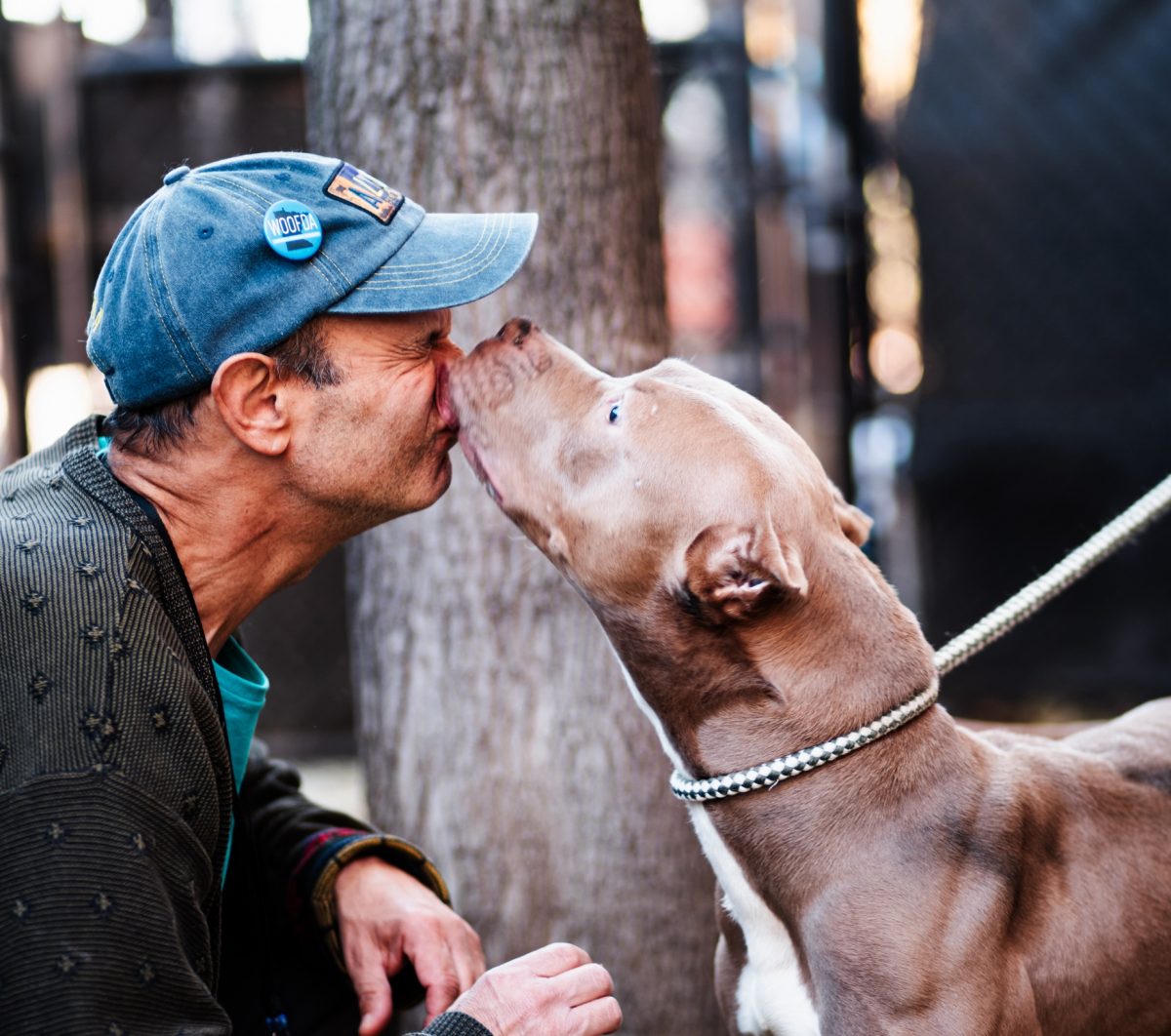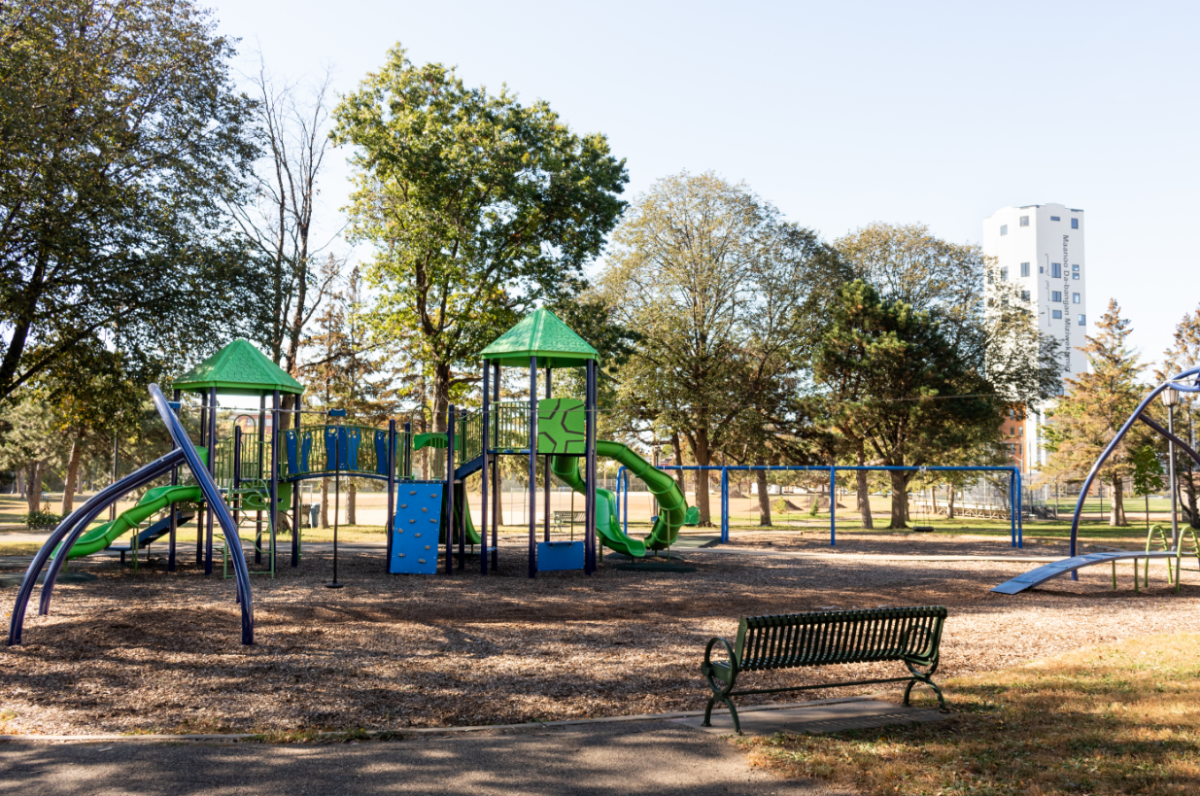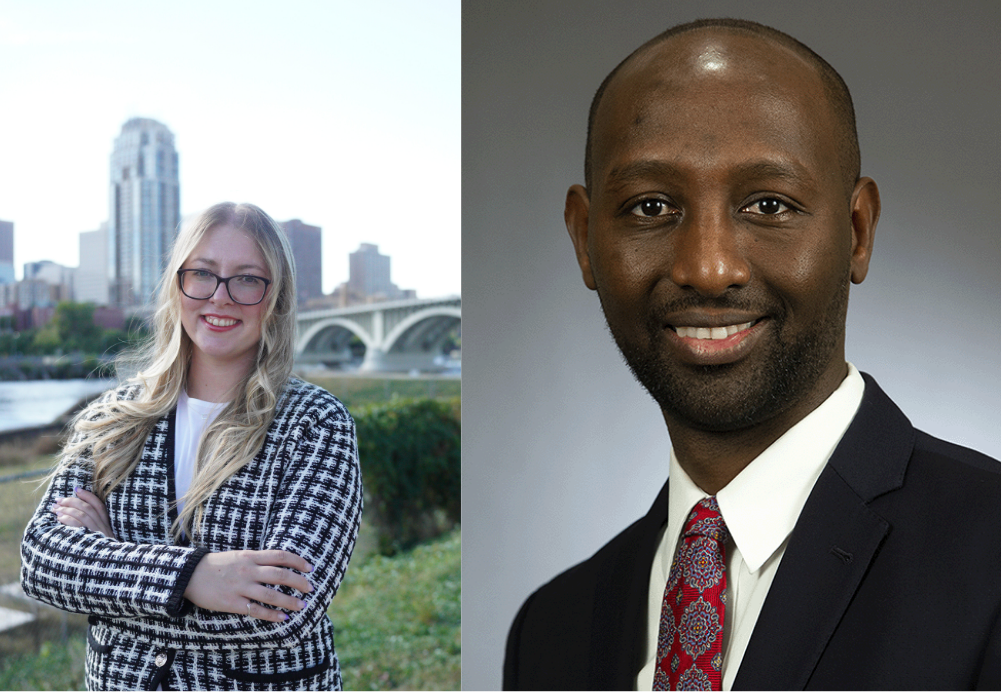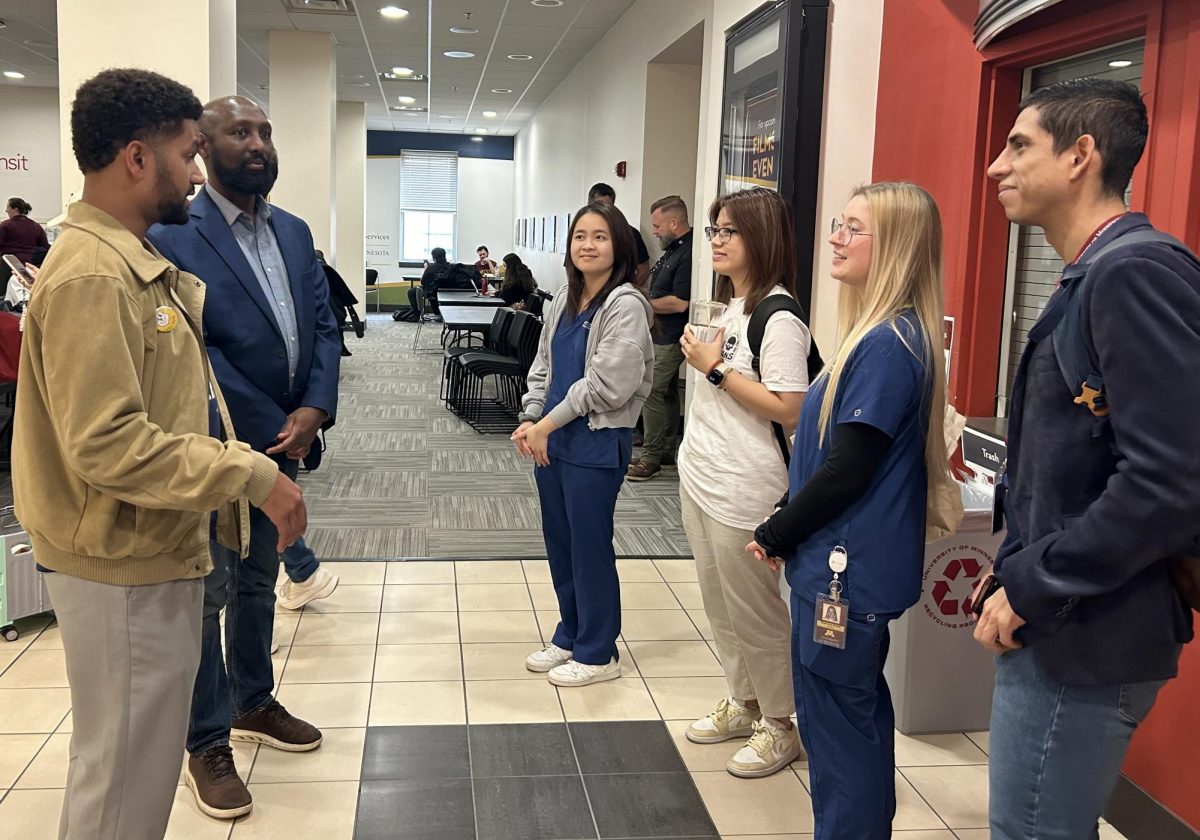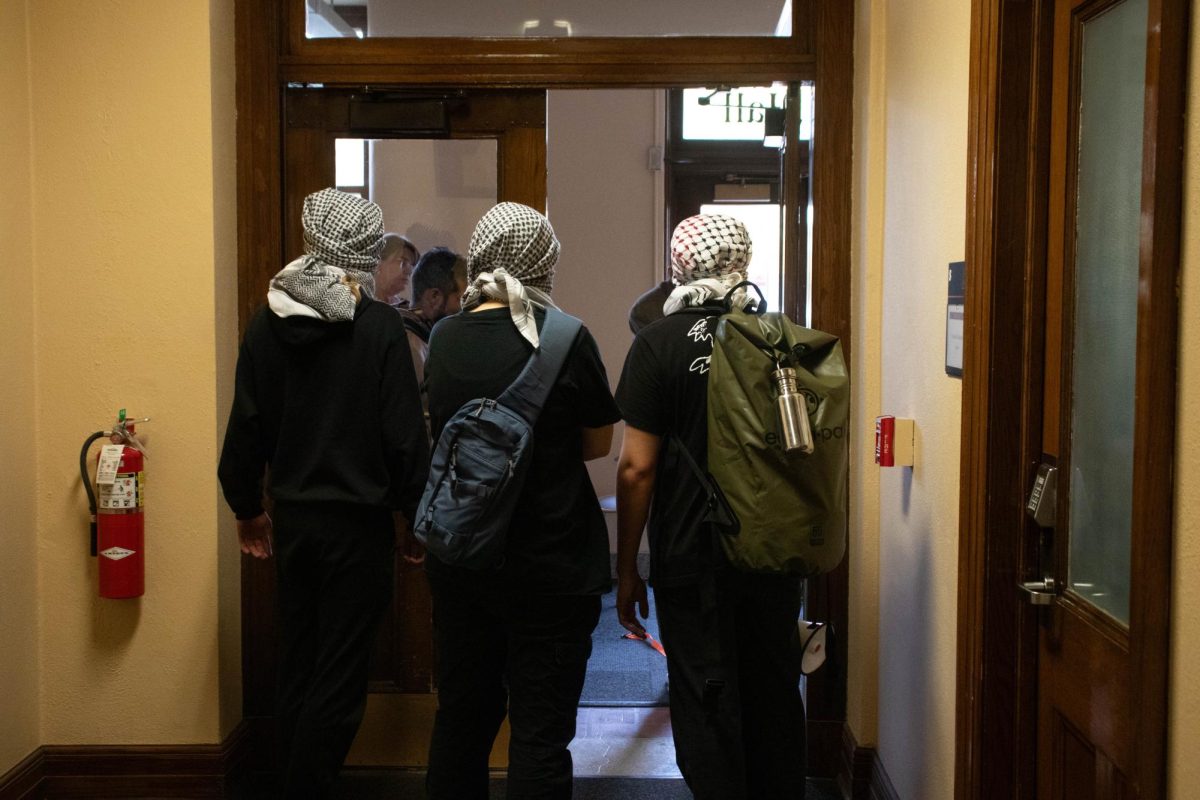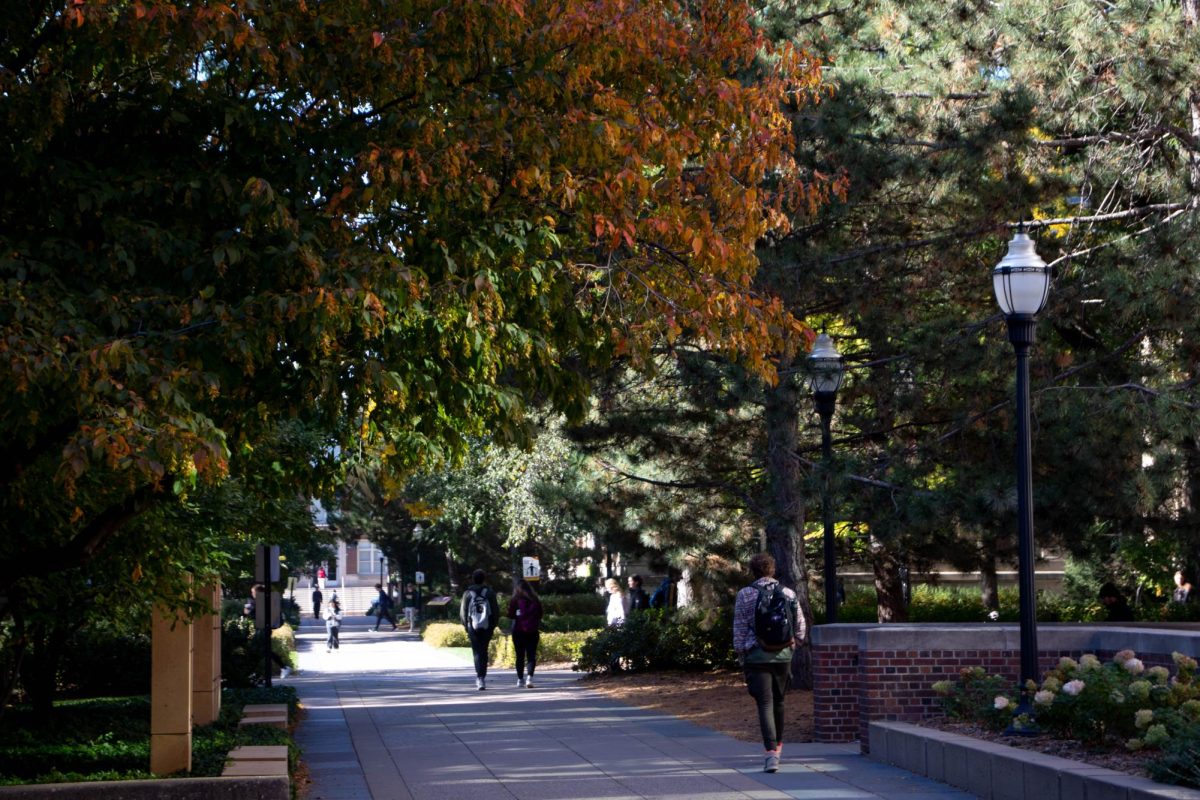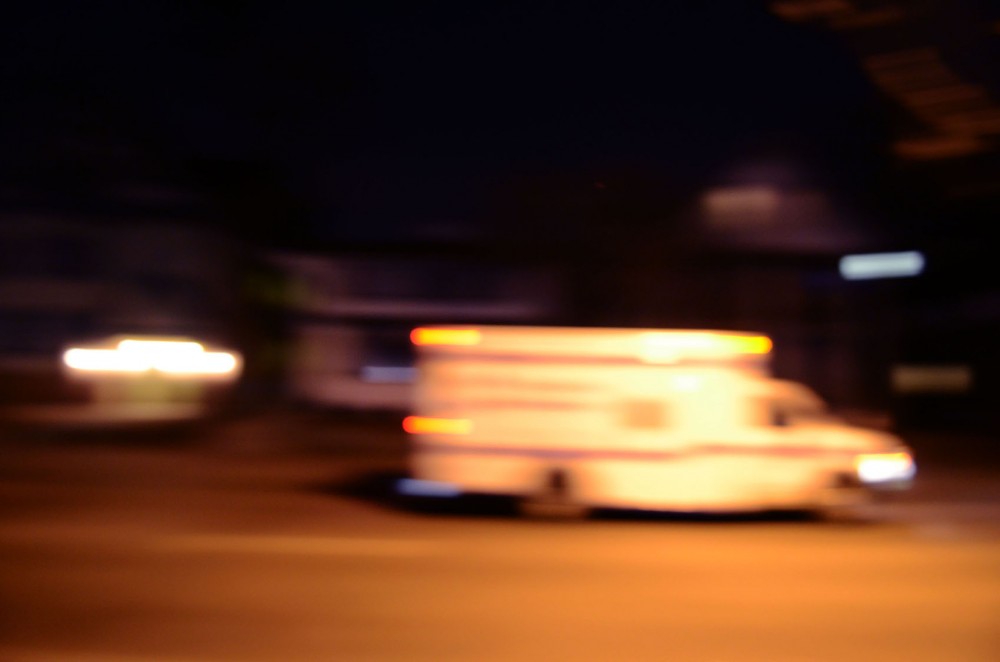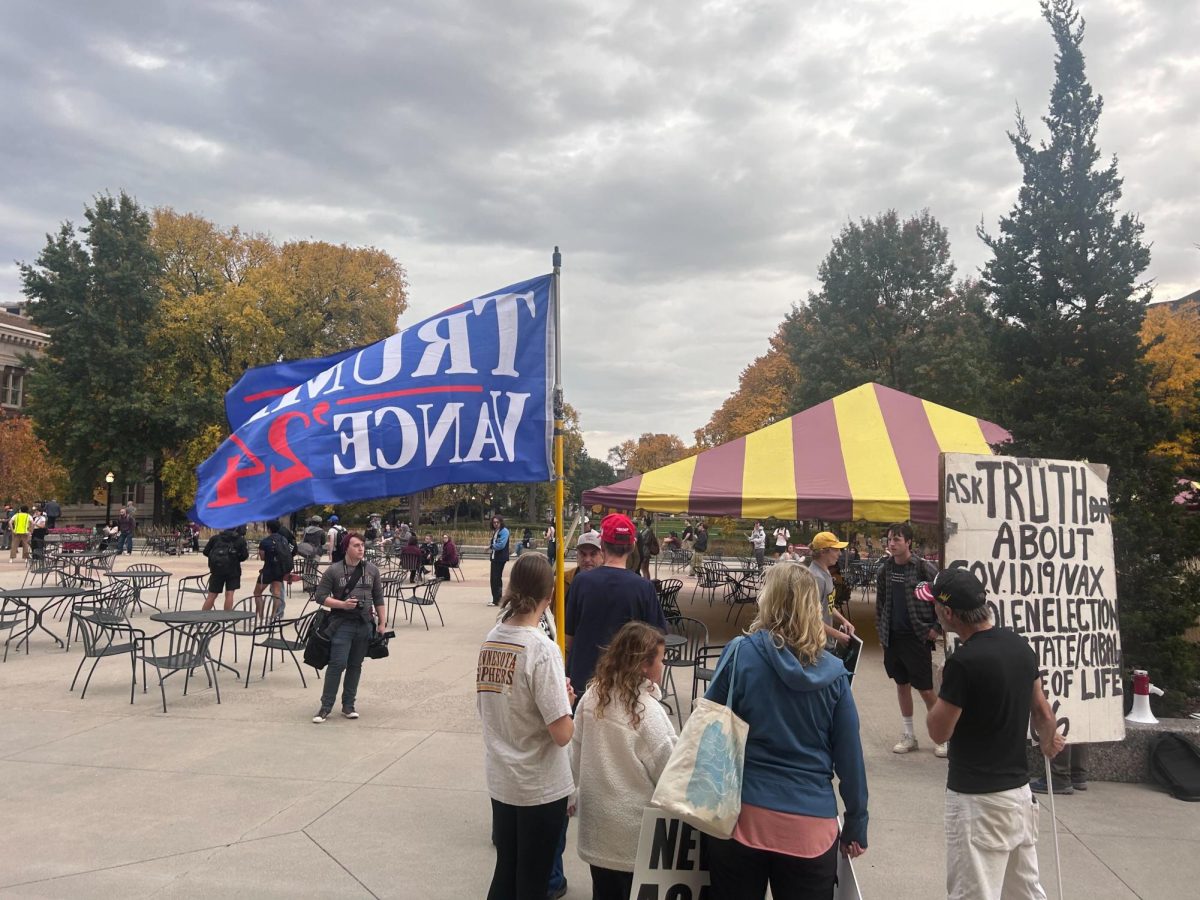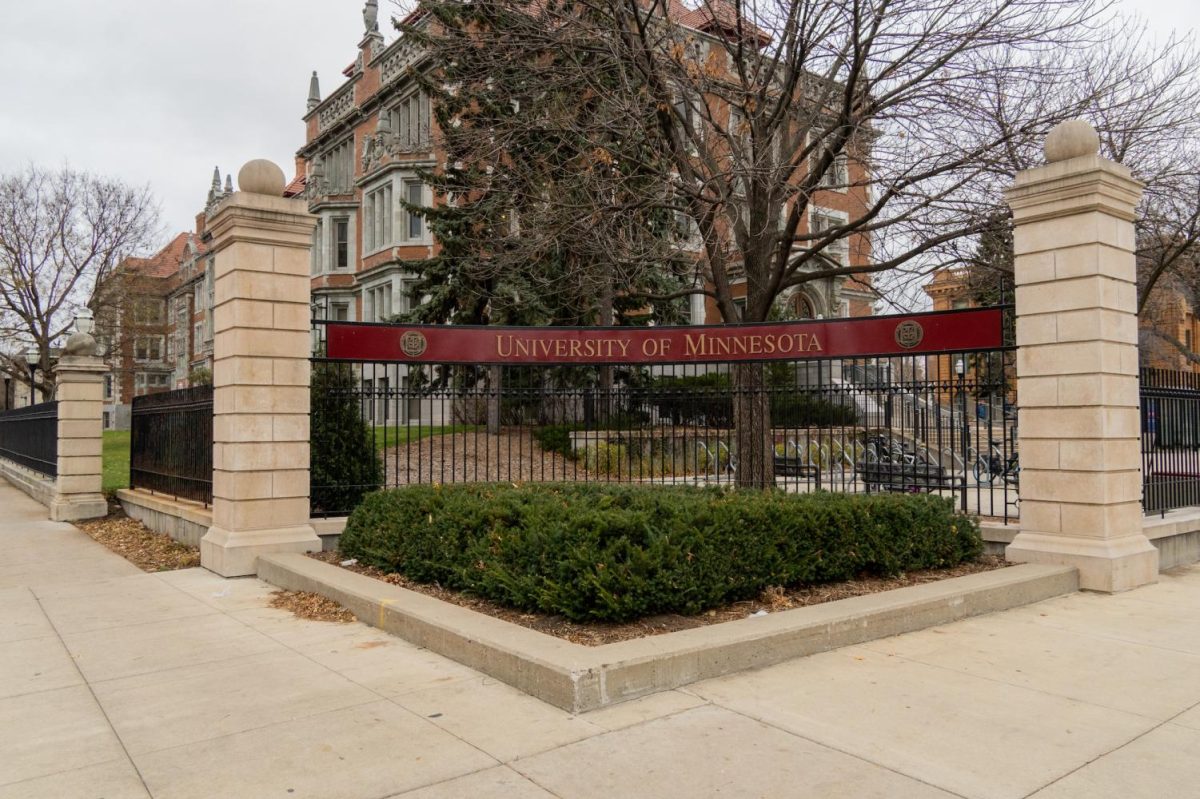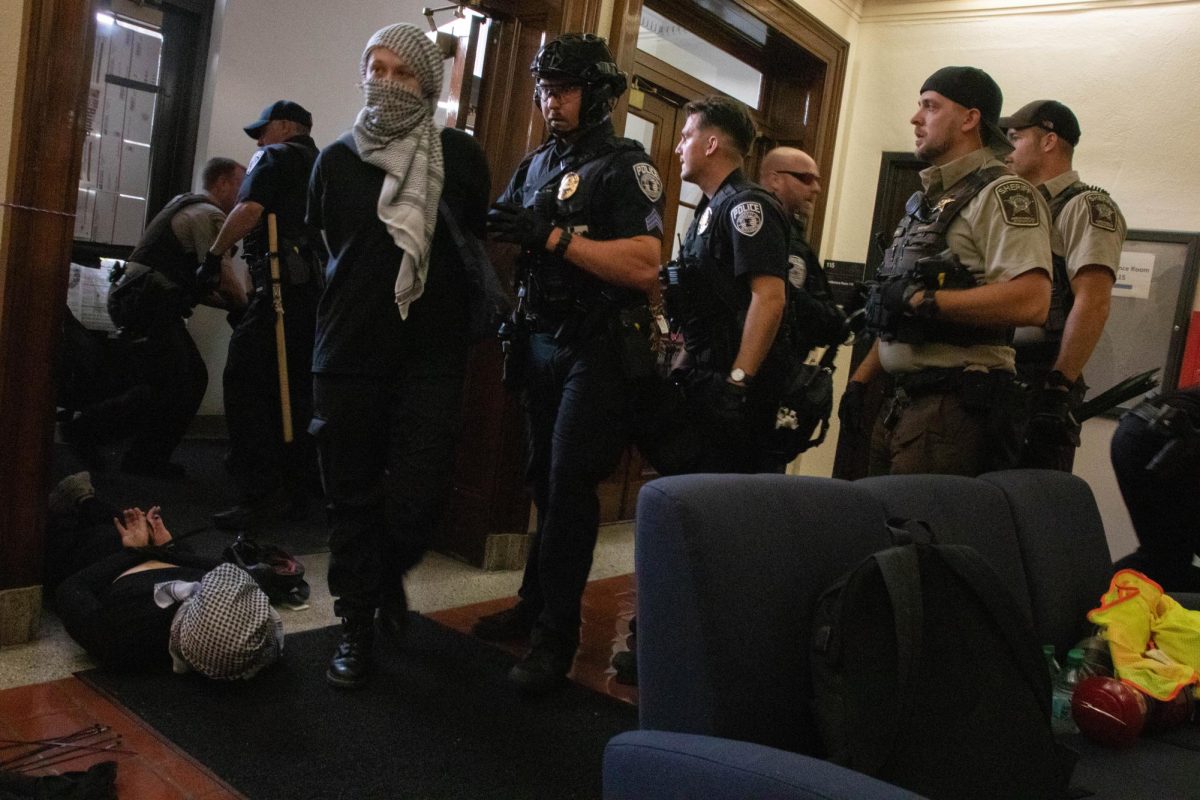Some University of Minnesota students are expressing concerns about the accessibility of navigating campus and the surrounding areas during the winter months.
The condition and management of sidewalks on and around campus in the winter can “vary greatly,” according to fourth-year student and President of the Disabled Student Cultural Center Brooklyn Lamers.
“Even for people who don’t have a physical disability, people fall all the time, and the risk of injury is so high,” Lamers said.
Third-year student Andrea Beltran-Moore said even though she does not have a mobile disability, she notices the difficulty of getting around campus more due to the ice and snow.
“I can’t imagine if you had a wheelchair — that would make it really hard to make it around campus,” Beltran-Moore said.
The University offers accommodations
The University provides accommodations for students with mobile disabilities who need to get around campus, Ross Allanson, director of Parking and Transportation Services (PTS) at the University, said in an email to the Minnesota Daily.
“PTS offers transit services that are accessible and provide the same services and options regardless of time of year,” Allanson said.
The University Paratransit Service, which PTS runs, is dedicated to picking up and dropping off students with permanent or temporary mobile disabilities from more than 200 different stops on campus, Allanson said.
According to Lamers, the Paratransit Service is an example of an appropriate accommodation from the University.
“What I appreciate about that too is there’s no burden of proof to use it, as long as you know about the resource,” Lamers said. “Which I think makes it accessible.”
However, the service is not without its limitations and drawbacks, Lamers said.
“It takes pre-planning of your exact route, which isn’t always possible as a student,” Lamers said.
Additionally, the Paratransit Service or bus service may be interrupted for situations like icy road conditions, Allanson said.
“Driver staff shortages and weather conditions have also impacted Paratransit Service in the past,” Allanson said.
In cases when these services are not available, students can pay to use private services outside of the University like Lyft/Uber or Metro Mobility, a public transportation service by the Metropolitan Council, Allanson said.
Transportation can be “treacherous”
Campus and city buses are also accessible, Allanson said. In the winter months, PTS works with campus partners to make bus and transit stops across campus clear of ice and snow.
Despite their efforts, Lamers said the sidewalks surrounding these bus stops are sometimes still covered in ice and snow, making them “treacherous” for commuting students.
“The sidewalks are so poorly managed,” Lamers said.
The issue of accessibility goes beyond University-operated services, Lamers said. In fall 2021, Lamers was using a temporary mobility aid and had to regularly take the lightrail, which is operated by Metro Transit, to her class on West Bank. The West Bank light rail stop sits below Cedar Avenue, and commuters must use either the stairs or elevator to get up to street level.
“I kept finding that at the stop on West Bank, all the elevators were broken for weeks and weeks,” Lamers said.
This made it difficult for Lamers to regularly get to class because she would have to find an alternative way to get there.
“The added route of trying to get back on to campus, to try to get up to where I needed to be was such a struggle that I wouldn’t go to classes very often,” Lamers said.
Lamers said it was unclear if there was someone from Metro Transit to contact about the issue.
“That was really frustrating,” Lamers said. “I felt like I was lost and I didn’t know where to go to get help.”
Student hopes for a better system to provide feedback
According to Lamers, there is not an obvious or accessible way she knows of to provide feedback to the University regarding the campus’ accommodations and accessibility.
“If there was a better way to track and understand what areas students were most impacted by, they could better prioritize where they’re clearing snow, where they’re salting frequently,” Lamers said.
Students may submit feedback to the PTS at [email protected], according to Allanson.
Lamers said an accessible space to provide feedback is only one of the reasons why these issues regarding accommodations do not get addressed.
“A lot of experiences with injury, disability or accommodation needs can feel really isolating,” Lamers said. “That’s part of the reason why these issues don’t get addressed.”
These issues with accessibility impact everyone, not just those with disabilities, Lamers, who has a physical disability that impacts her balance, said.
“I’ve got a lifelong disability, but anybody at any moment can have struggles or injuries that make it tough, and this is a big campus,” Lamers said.
Building support for disabled individuals through community engagement is one of the ways students can get involved in improving accommodations for all students, Lamers said.
“I hope the University develops a tool to help report things better,” Lamers said. “But I’d also say, if people have these issues and want to talk about it, come to the Disabled Student Cultural Center.”
For more information regarding University-provided accommodations, students may contact the Disability Resource Center.


